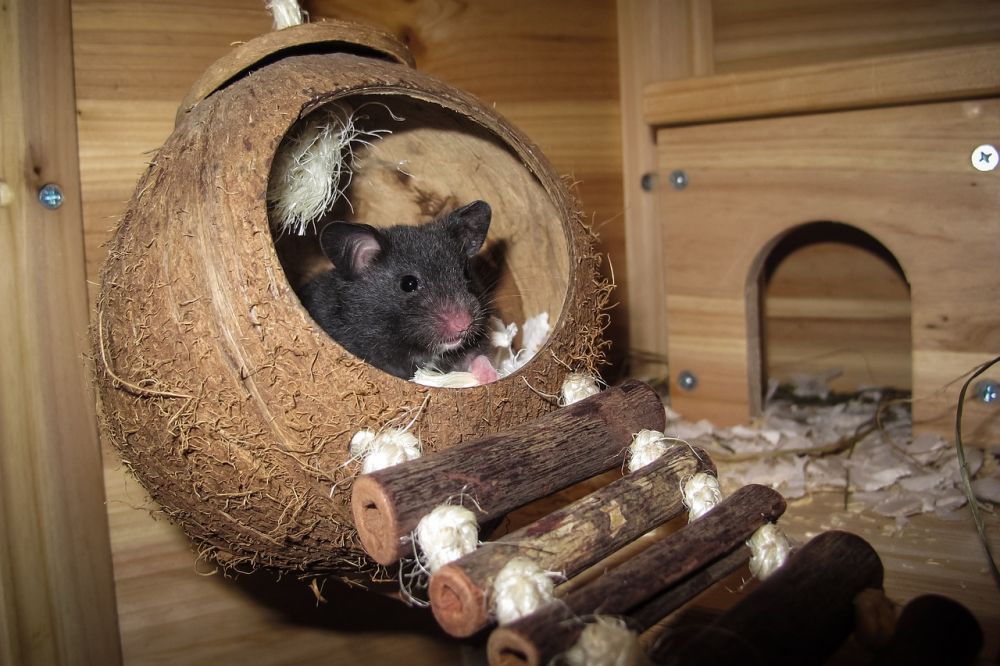Funny hamsters are adorable little creatures that bring joy and laughter into our lives

Whether it’s their inquisitive nature, hilarious antics, or their playful personalities, funny hamsters have become one of the most popular pets worldwide. In this article, we will take a comprehensive look at everything you need to know about funny hamsters.
1. An Overview of Funny Hamsters
Funny hamsters, also known as teddy bear hamsters or Syrian hamsters, are small rodents that belong to the Cricetinae family. They are native to the arid regions of Syria and Turkey and have been domesticated for centuries. These furry creatures have captured the hearts of many pet owners due to their amusing behaviour.
2. Understanding Funny Hamsters and Their Types

When it comes to funny hamsters, there are various types to explore. The Syrian hamster is the most common and well-known type. With its round body and fluffy coat, it’s easy to see why they are often referred to as teddy bear hamsters. Other popular types include the Robo hamster, Djungarian hamster, and Campbell’s dwarf hamster. Each type has its unique characteristics and distinctively funny habits.
3. Quantitative Measures of Funny Hamsters
Funny hamsters have garnered significant attention on social media platforms and have become viral sensations. Some hamster videos on YouTube have millions of views and countless likes. A quantitative measure of their popularity can be gauged by the number of followers and engagements dedicated hamster accounts have on Instagram and TikTok. These metrics showcase the immense appeal and interest people have in funny hamsters.
4. The Differentiating Factors of Funny Hamsters
Although all funny hamsters possess an inherent charm, they differ in various aspects. One differentiating factor is their level of sociability. While some hamsters are more open to interaction and enjoy being handled, others might prefer to have their space and be observed from afar. Another distinguishing aspect is their ability to learn tricks and exhibit amusing behaviours. Some hamsters are natural comedians, while others may require more training to showcase their funny side.
5. A Historical Review of the Pros and Cons of Funny Hamsters
Throughout history, funny hamsters have been cherished as charming pets, but they also have their pros and cons. On the positive side, hamsters are relatively low-maintenance creatures and can adapt well to different living environments. Their small size and self-sufficiency make them suitable for people with limited space or busy lifestyles. However, it’s essential to mention the cons as well. Hamsters have a relatively short lifespan compared to other pets, typically ranging from 2 to 3 years. Additionally, they have specific dietary requirements and require proper cage maintenance to ensure their well-being.
[INSERT VIDEO HERE – A compilation of funny hamster moments]
In conclusion, funny hamsters bring light-heartedness and amusement to our lives. From their charming appearances to their hilarious behaviours, these small creatures have captured the hearts of many. In this article, we have provided a thorough overview of funny hamsters, discussed their various types and popularity, quantified their impact, examined their differences, and delved into their historical pros and cons. Funny hamsters are truly a delightful addition to any home, providing endless entertainment and joy.

















